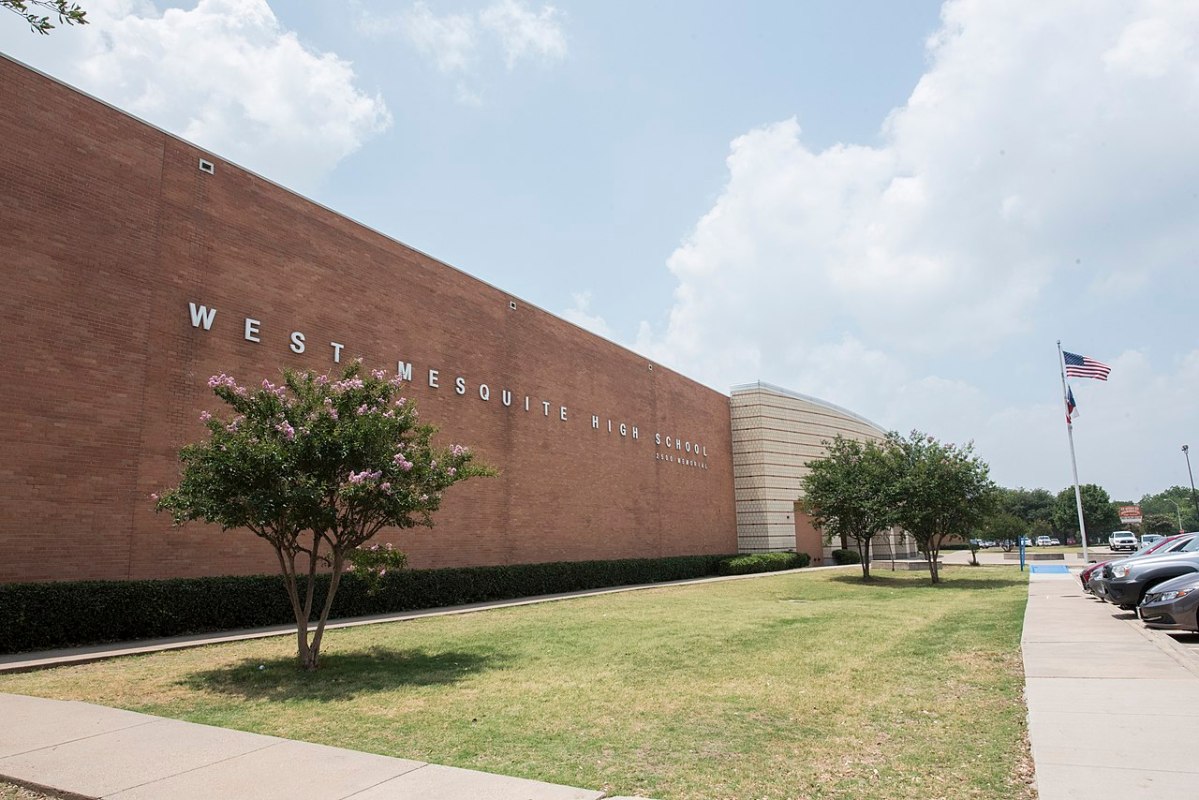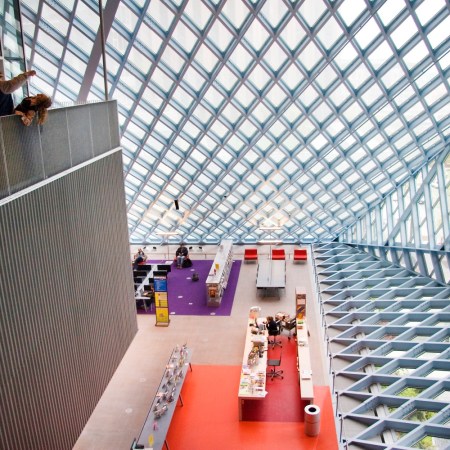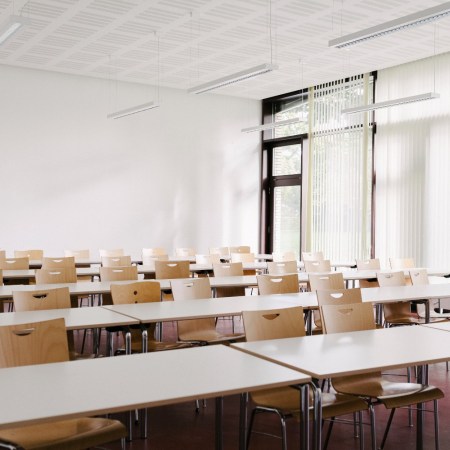Growing up, you may have learned that school segregation was a thing of the past — an unjust system that the Supreme Court’s ruling in Brown v. Board of Education helped to overturn. And while that verdict was certainly a landmark in American history, it doesn’t mean that the days of segregated schools are over — just that the nature of that segregation has changed.
A new article in The Washington Post begins with a game of football between two neighboring public high schools, both located in Tennessee. Houston High, located in Germantown, serves a largely affluent population, and features a football field with amenities like a video scoreboard and artificial turf. Their opponent in the game, Southwind High, with students largely coming from Memphis, had far fewer resources available to them.
In The Washington Post’s article, the focus is on Memphis and Shelby County, Tennessee — and writers Laura Meckler and Kate Rabinowitz convincingly describe the differences between underfunded public schools in Memphis and their counterparts in more affluent suburbs.
The points of comparison are stark. ”Median household income in Germantown and Collierville was just over $113,000 in 2017, census data show,” write Meckler and Rabinowitz. “In Memphis, it was $38,230.”
Memphis and its suburbs had a unified school system for exactly one year, 2013. After that, six of the city’s suburbs created their own school districts, leading to the situation currently described in the Post’s article. As Meckler and Rabinowitz phrase it, the example of these schools speaks to a larger national problem:
For decades, debate over school segregation in the United States has focused on how school districts assign their students to individual schools. But it’s the lines that divide school districts from each other that have a much more profound effect in separating students by race, ethnicity and class.
In 2016, Nikole Hannah-Jones detailed her firsthand experience with these questions of schools and inequality for The New York Times Magazine. Hannah-Jones and her husband, residents of the Bedford-Stuyvesant neighborhood of Brooklyn, pondered where their young daughter should go to school. Both supported public schools, but each had a very different experience with them. And there, the dilemma began.
Hannah-Jones has long written about education and segregation, giving her a firsthand perspective on the issues she was now facing as a parent. “Most black and Latino students today are segregated by both race and class, a combination that wreaks havoc on the learning environment,” she writes. “Research stretching back 50 years shows that the socioeconomic makeup of a school can play a larger role in achievement than the poverty of an individual student’s family.”
The end result is a harrowing situation that leaves some students disadvantaged by the very system that is supposed to benefit them. With the conflation of factors, and with some deep-pocketed benefactors looking to support the status quo, it’s an issue where it’s difficult to summon a sense of optimism.
Subscribe here for our free daily newsletter.
Thanks for reading InsideHook. Sign up for our daily newsletter and be in the know.


















